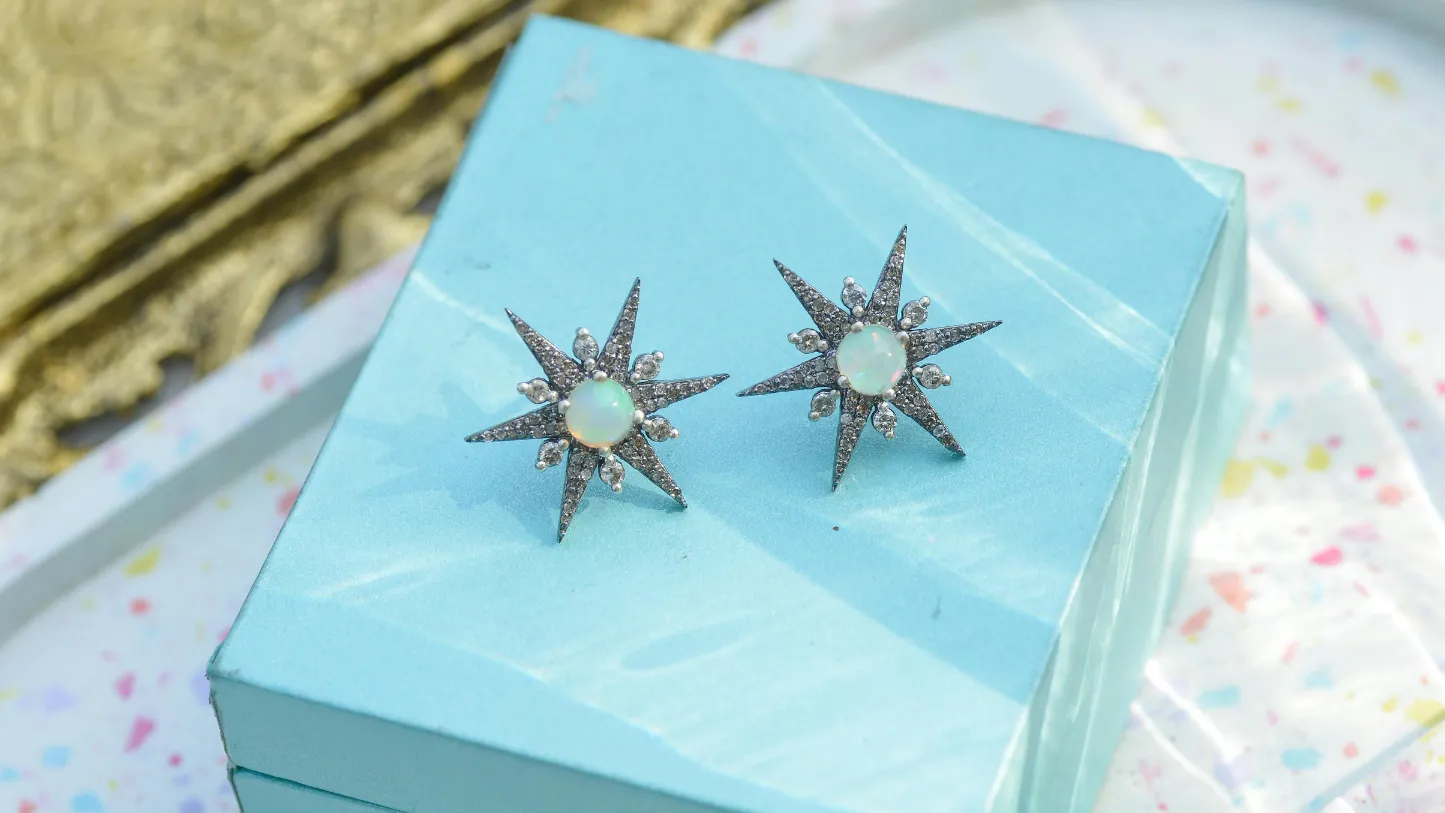
10 Best Customizable Jewelry Packaging Solutions for Standout Branding
2024-10-10
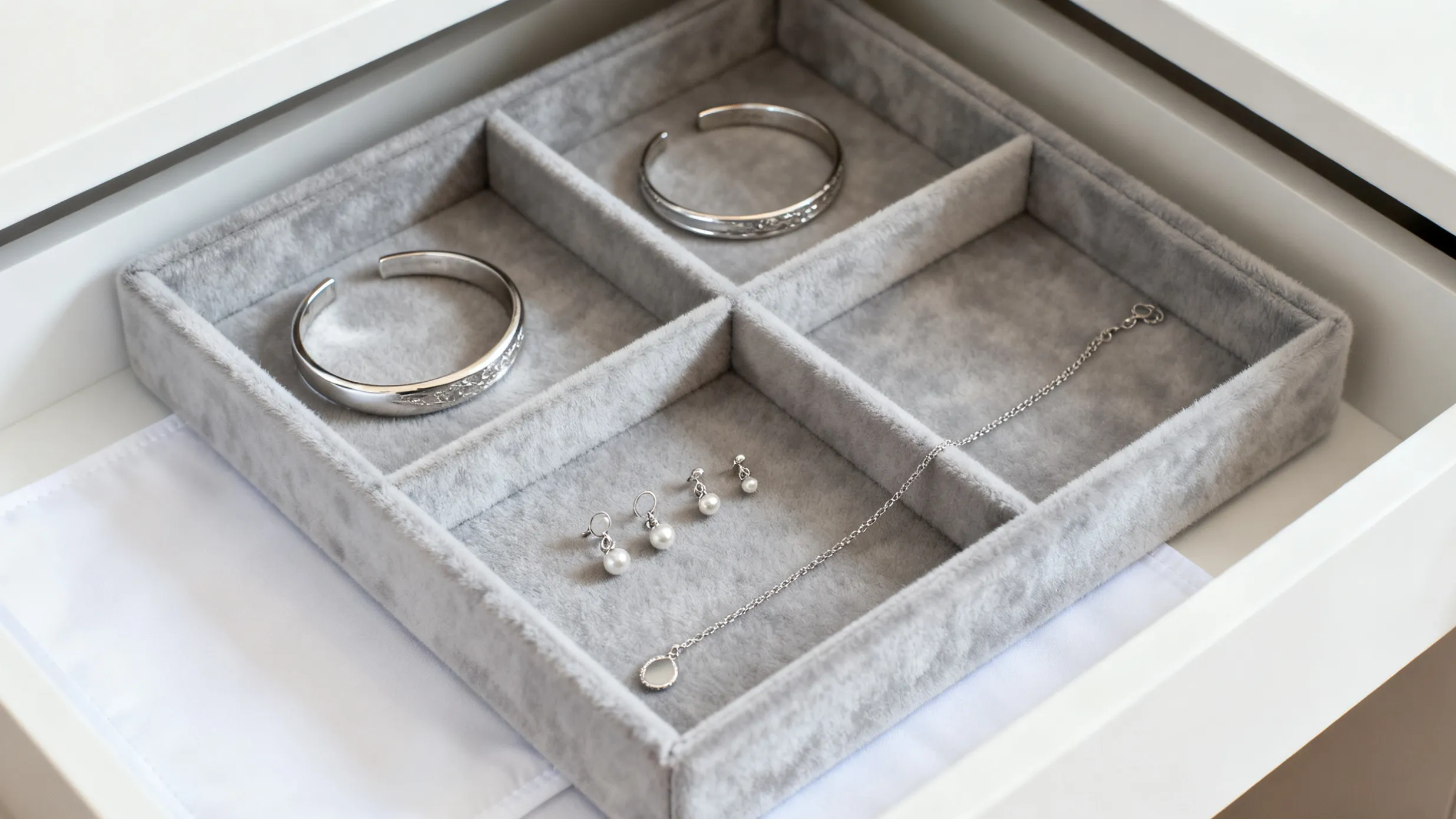
In Richpack factory workshop, custom jewelry trays shoulder two crucial missions: to perfectly protect your valuable items, and for enterprises, it can enhance your brand image. Every day, we collaborate with passionate collectors and international retailers. In our past cooperation experiences, we have found that many of our clients’ pain points are that, whether it is the material of the jewelry tray or the internal partition layout of the jewelry tray, the dazzling array of choices often leaves people dazzled. Therefore, in this guide, we will provide you with professional insights from the perspective of a jewelry packaging manufacturer to help you make the perfect choice for custom jewelry trays.
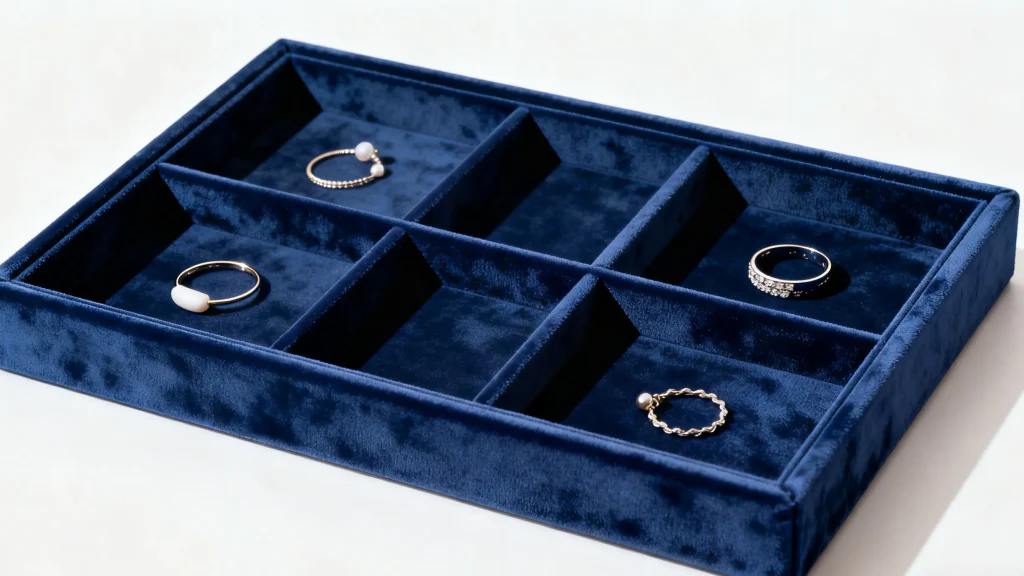
The path to the perfect jewelry tray begins with a systematic understanding of your unique requirements about custom jewelry trays.
A tray ideal for a minimalist’s collection will fail in a boutique’s diverse inventory. This professional assessment framework is the first step we take with every client to prevent costly mistakes.
First, take a complete inventory of what you plan to store.
Consider the quantity, size, and specific types of your pieces. An accurate understanding of your collection—from rings and delicate necklaces to chunky bracelets—will directly inform the required layout.
Next, determine where the trays will be used.
Are you designing inserts for a specific dresser drawer or sourcing elegant trays for a retail showcase? Measure your space accurately—width, depth, and height. This is a non-negotiable step for a seamless, professional fit.
The demands of a private collection differ significantly from a commercial setting.
Expert Takeaway: For personal use, aesthetics and protection are paramount. For commercial displays, durability, ease of access, and brand presentation become equally critical factors.
Clearly defining the primary use case is essential for tailoring the final design.
From our perspective as the manufacturing partner for hundreds of brands, the material is the heart and soul of a jewelry tray. It dictates the aesthetic, the tactile experience, and most critically, the long-term protection your valuables receive.
At Richpack, we work directly with these raw materials every day in our own factory. This gives us a unique, hands-on understanding of what works, what doesn’t, and how to select the perfect material that aligns with your brand, your budget, and your protection needs. Here is our expert breakdown of the most common choices.
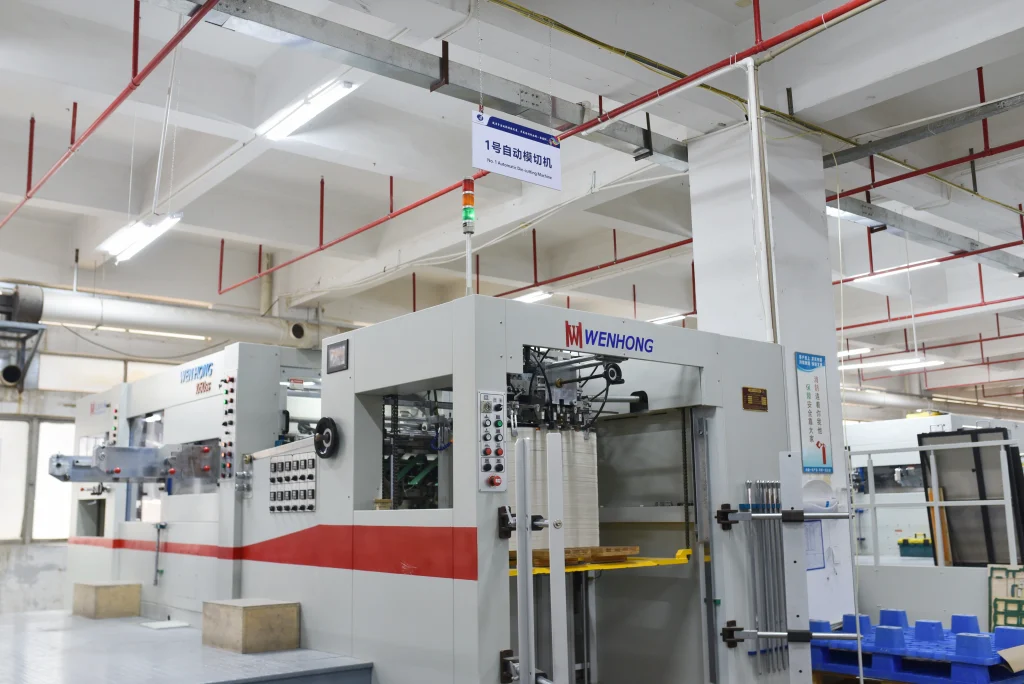
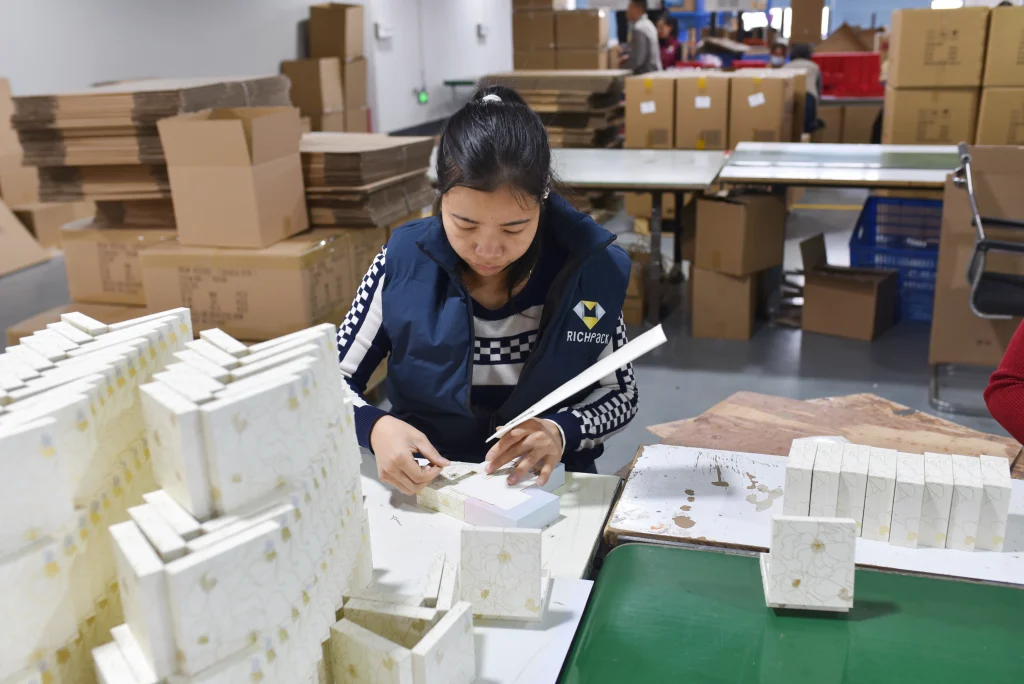
Velvet’s plush, non-abrasive pile provides a soft cushion, making it a traditional and trusted choice for the most delicate pieces, like high-karat gold, pearls, and soft gemstones.
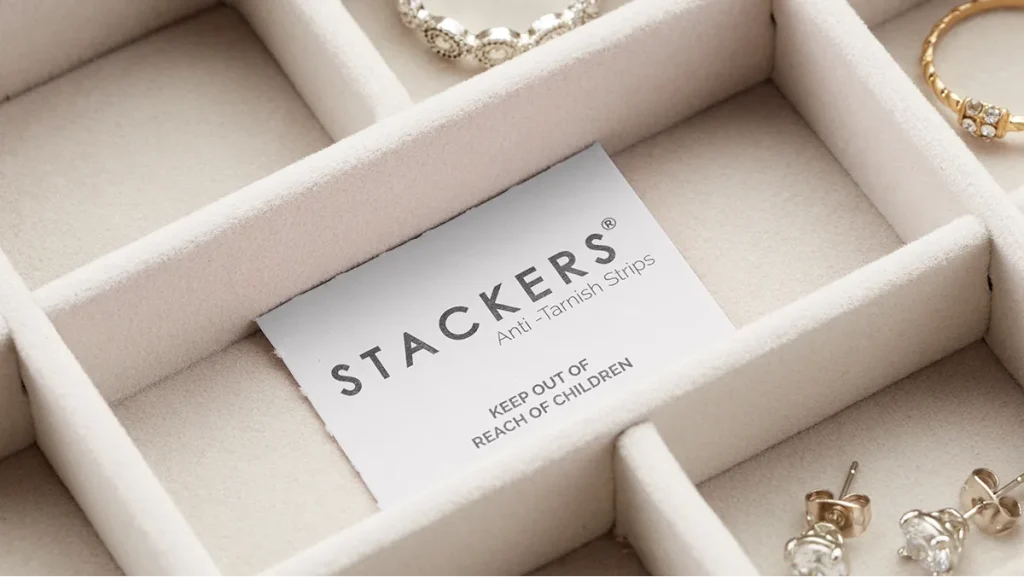
Manufacturer’s Insight: This is an area where quality cannot be compromised. We strongly advise clients to specify high-density, acid-free velvet. Low-grade velvet not only sheds lint, which diminishes the aesthetic, but it can also contain residual chemicals from the dyeing process. These chemicals can react with air and humidity to accelerate tarnishing on sterling silver. Our quality control and sourcing process at Richpack ensures the velvet jewelry tray we produce is chemically stable and dense, creating a truly protective environment for your finest pieces.
For a sleek, contemporary, and highly durable finish, faux leather (specifically PU, or polyurethane) and microfiber are outstanding options.
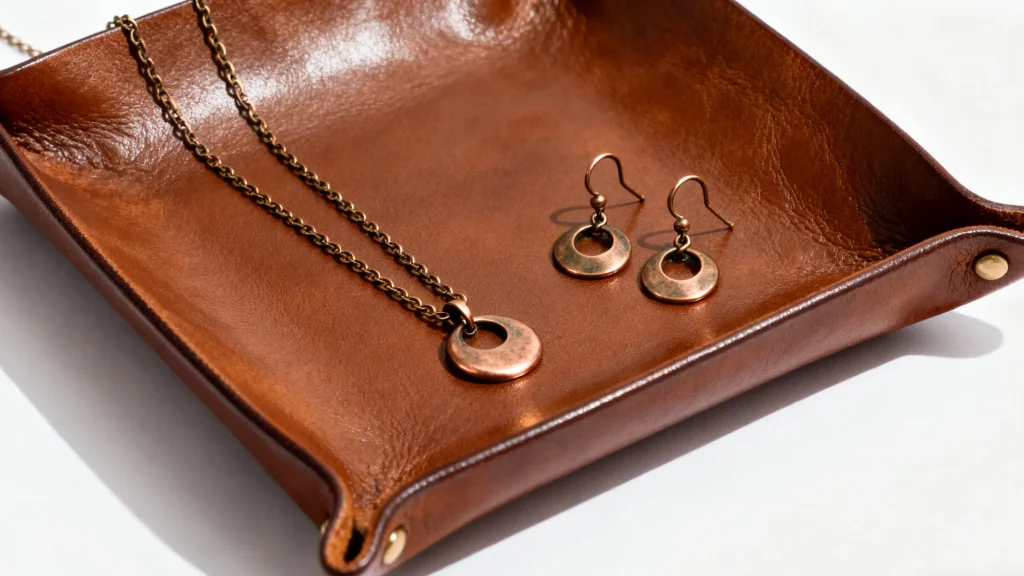
Wooden trays, whether solid walnut, oak, or bamboo, introduce an unmatched sense of organic luxury and permanence. They provide a sturdy, high-end frame that communicates timeless quality.
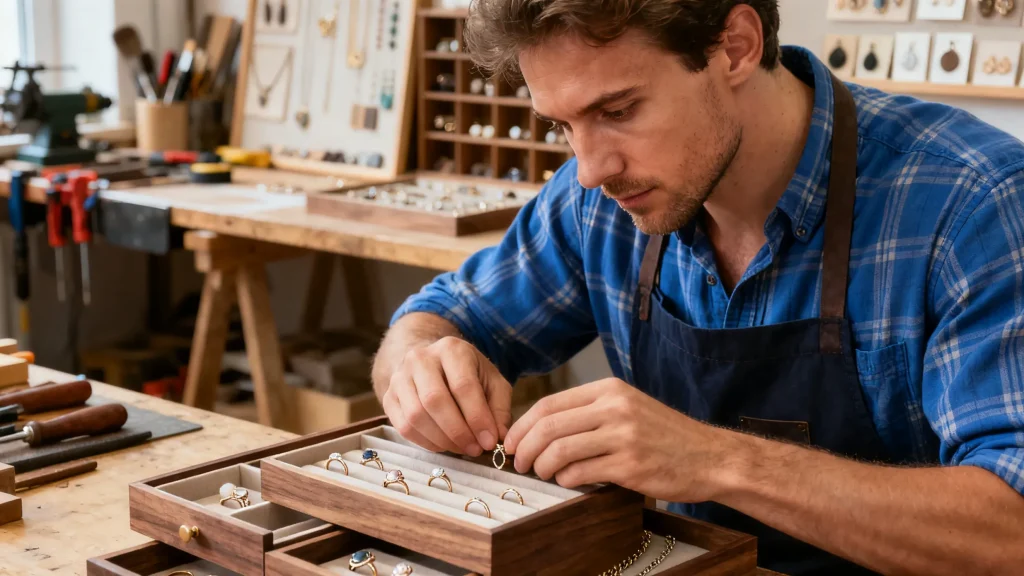
Manufacturer’s Insight: A common misconception is that jewelry can rest directly on the wood. Wood is a hard surface and, depending on its finish, can contain acids or oils. Therefore, all high-quality wooden trays are, in fact, hybrid trays. The wood serves as a beautiful, structural frame, which is then lined with a custom-fit fabric insert (like microfiber or velvet) to provide the actual protection. At Richpack, we specialize in this hybrid construction, creating a seamless fit between the precision-milled wood and the soft-touch insert.
When the goal is to make the jewelry the absolute star, clear acrylic is a powerful choice. It offers a clean, modern, and minimalist storage solution that allows for unobstructed visibility, making it a favourite for modern retail counters.
Manufacturer’s Insight: The two critical quality indicators for acrylic are clarity and joint quality. Low-grade, injection-moulded acrylic can have a blue or yellow tint and visible seams. Our process involves high-grade, cast acrylic with diamond-polished edges for a true, crystal-clear finish.
However, acrylic itself is a hard, unlined surface. A common mistake is placing delicate metal jewelry directly on it, which causes scratching. We always advise clients to use acrylic as a holder for smaller, removable, fabric-lined insert pads or compartments. This gives you the sleek, modern look of acrylic while ensuring your jewelry remains protected.
To simplify your decision, we’ve created this comparison chart based on the key performance attributes our production team analyzes daily. As a large-scale manufacturer, we can source and customize any of these materials to meet your project’s precise specifications.
| Material | Aesthetic | Scratch Protection | Durability | Ease of Cleaning | Best For |
| Velvet | Classic, Plush, Traditional | Excellent. Soft, non-abrasive pile. (Must be high-density & acid-free to prevent tarnishing). | Good. High-grade velvet is durable, but lower-grade options can shed lint over time. | Good. High-grade, cast acrylic is strong, but it can scratch or crack if dropped. | Delicate pieces (pearls, soft gems), anti-tarnish storage, and a classic luxury feel. |
| Faux Leather (PU) | Sleek, Modern, Versatile | Good. It’s a harder surface than velvet but offers adequate protection. | Excellent. Highly resistant to wear, tear, and stains. Ideal for high-traffic use. | Excellent. Very easy to wipe clean. | High-traffic retail environments, crisp logo application (debossing), and a modern look. |
| Microfiber (Suedette) | Contemporary, Refined, Sleek | Excellent. Offers the same softness as velvet but with zero lint-shedding. | Excellent. A modern, high-performance material with superior durability. | Good. Easier to maintain and clean than traditional velvet. | Drawer inserts, stackable systems, and a modern, high-performance alternative to velvet. |
| Wood (Lined) | Timeless, Luxury, Warm | Excellent (When Lined). The wood is a frame; the fabric liner provides the protection. | Excellent. The solid wood frame (e.g., walnut, oak) is permanent and sturdy. | Good. The wooden frame is easy to wipe clean. | Premium collections, communicating timeless quality, and a high-end, permanent setup. |
| Acrylic | Minimalist, Modern, Clear | Poor (When Unlined). Must be used with fabric-lined pads or inserts to prevent scratching. | Good. High-grade, cast acrylic is strong, but can scratch or crack if dropped. | Excellent. Very easy to wipe clean for a crystal-clear look. | Retail showcases where 100% visibility of the jewelry is the primary goal. |
A tray’s material provides the feel, but its layout provides the function. The true power of working directly with a manufacturer like Richpack lies in the ability to move beyond stock layouts and create a purpose-built spot for every single piece in your collection.
This is where mass customization transforms an organization into a presentation. Based on the thousands of custom layouts we’ve engineered, here is how we approach designing the perfect fit.
Manufacturer’s Insight: The unseen detail that matters most is the density of the core under the fabric. A flimsy foam will lose its grip over time. We use high-density, die-cut foam and board to ensure every ring is held securely and presents uniformly—a critical detail for retail displays.
Tangled chains are the number one complaint from collectors. The solution is separation.
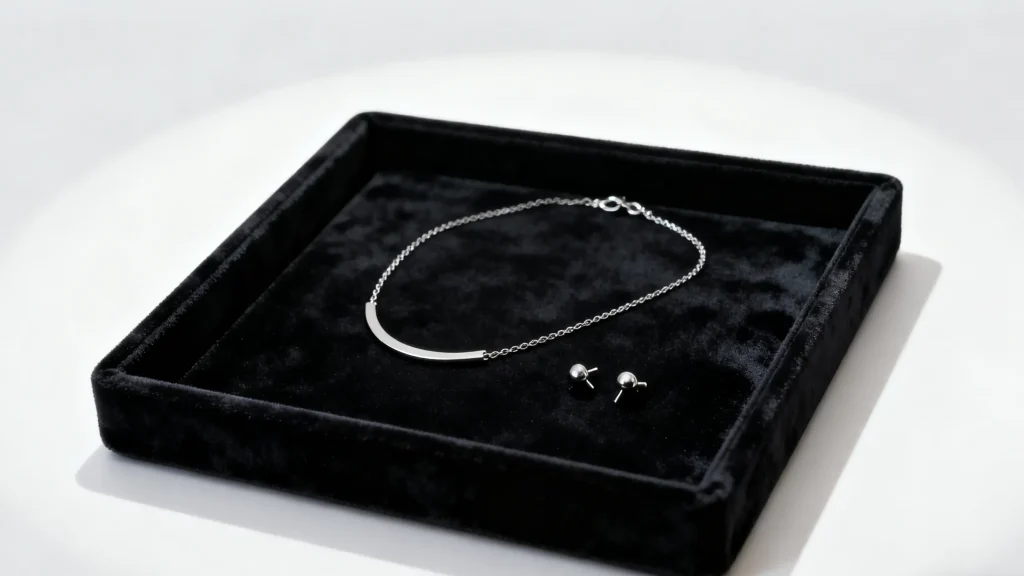
Manufacturer’s Insight: For clients with large collections, we often produce a “lift-out” stud tray. This is a thin, removable pad, precision-cut with slots or holes for dozens of studs. This thin tray then sits on top of a deeper compartment used for matching bracelets or bangles, effectively doubling your storage capacity in the same footprint.
Larger, open compartments (e.g., 3″ x 8″) are necessary for chunky bracelets and watches.
Manufacturer’s Insight: For a truly luxurious experience, especially for high-end watches and heavy bangles, we strongly recommend custom-sized pillows. Stock pillows are often too large or too small. As part of our service, we create pillows in the exact circumference and density required, wrapped in your matching material. This isn’t just for show; it maintains the item’s shape and prevents it from sliding and scratching, ensuring a snug, professional fit that stock solutions can never achieve.
Pro Tip: Your collection is never static; your storage shouldn’t be either. For ultimate long-term value, always consider a modular system. As manufacturers, we create this flexibility in two ways:
“Tray-in-Tray” System: This is the ultimate in modularity. We design a large, shallow “master tray” that fits your drawer perfectly. Then, we create a set of smaller, independent, open-top trays (e.g., a 6-slot ring tray, a 4-section bracelet tray, an open utility tray) that are all designed to fit perfectly within the master tray. This allows you to lift, rearrange, and re-curate your entire collection at will.
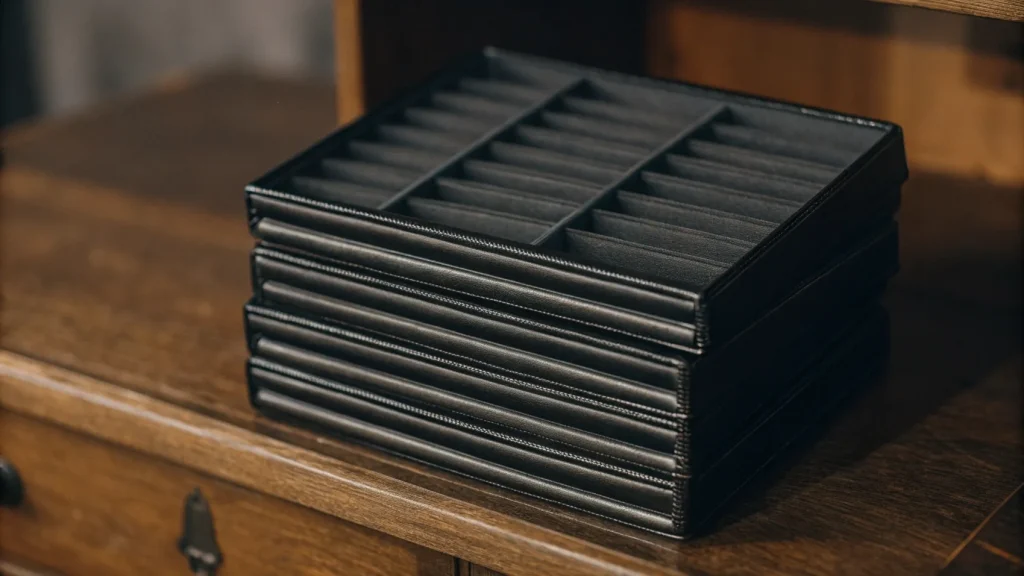
Slotted Dividers: We build the tray with discreet, fabric-lined grooves and provide a set of rigid, fabric-wrapped dividers. This allows you to reconfigure the layout from four large sections to eight smaller ones as your needs change.
Beyond materials and layout, several key features separate a good solution from a great one. These are the details that deliver true functionality.
If you are working with a deep drawer or limited surface area, stackable trays are a brilliant solution. They allow you to layer your collection and maximize every inch of available space.
For trays placed on an open shelf, a lid is essential. It provides a crucial barrier against dust, keeping your jewelry clean and protected.
Drawer inserts create a seamless, built-in look, designed to the exact dimensions of your drawer. Standalone trays offer more flexibility and can be moved between locations. The choice depends on your preference for a permanent or an adaptable setup.
For jewelry brands, the tray is a critical part of your product’s presentation.
Hot stamping with foil offers a metallic, luxurious finish. Debossing creates a subtle, sophisticated impression directly into the material. Understanding the effect you want to achieve is key to choosing the right branding method.
Understanding our professional workflow demystifies the customization process. It’s designed to be collaborative and transparent, ensuring the final product perfectly matches your vision.
The process begins with your vision and precise measurements. We work with you to confirm every dimension and draft an initial layout plan based on your collection’s needs.
Our designers create a digital rendering for review. Once confirmed, we produce a physical prototype.
This is a crucial step. It allows you to see and feel the quality and make any final adjustments before mass production begins.
Upon sample approval, your order moves into production. Our quality control team conducts rigorous checks at every stage to ensure each tray meets our high standards and your exact specifications.
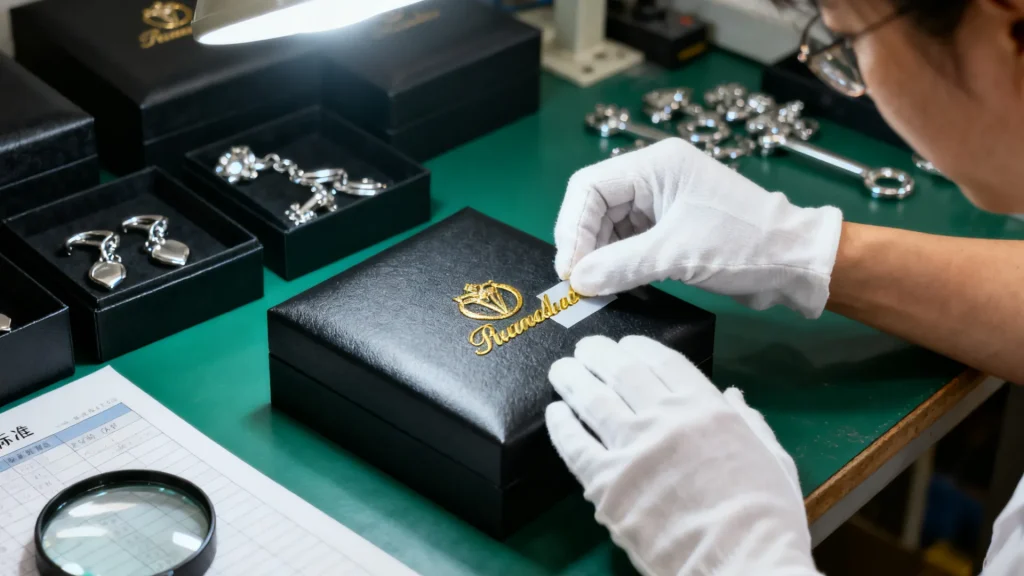
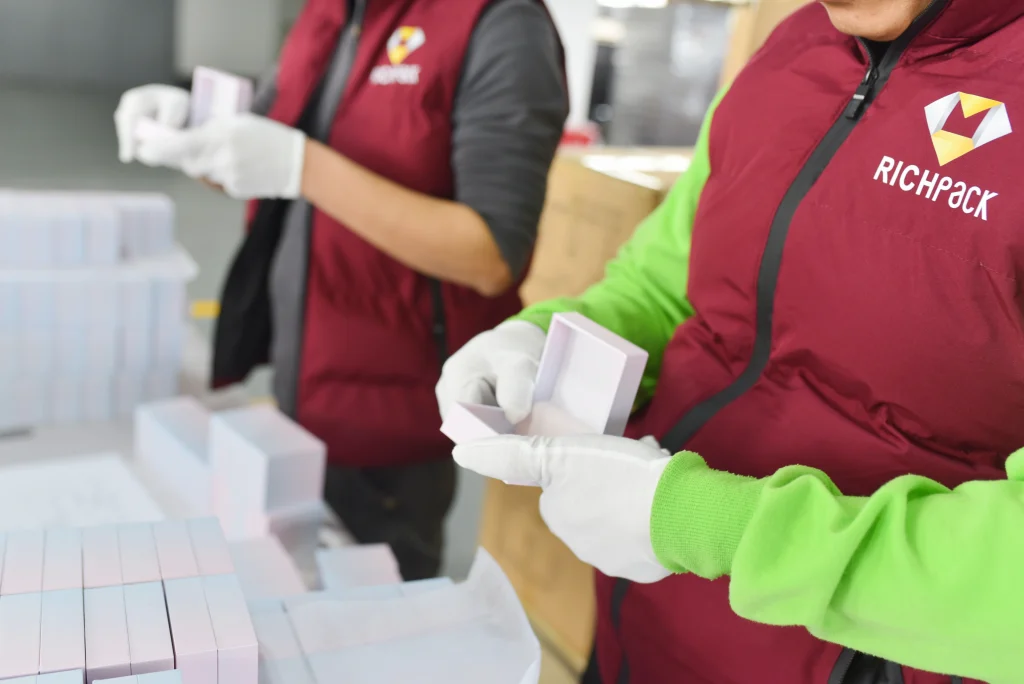
Choosing the best custom jewelry tray is a thoughtful process, but it doesn’t have to be complicated. By following a professional framework, you can create a storage system that is both beautiful and perfectly functional.
Remember these key takeaways:
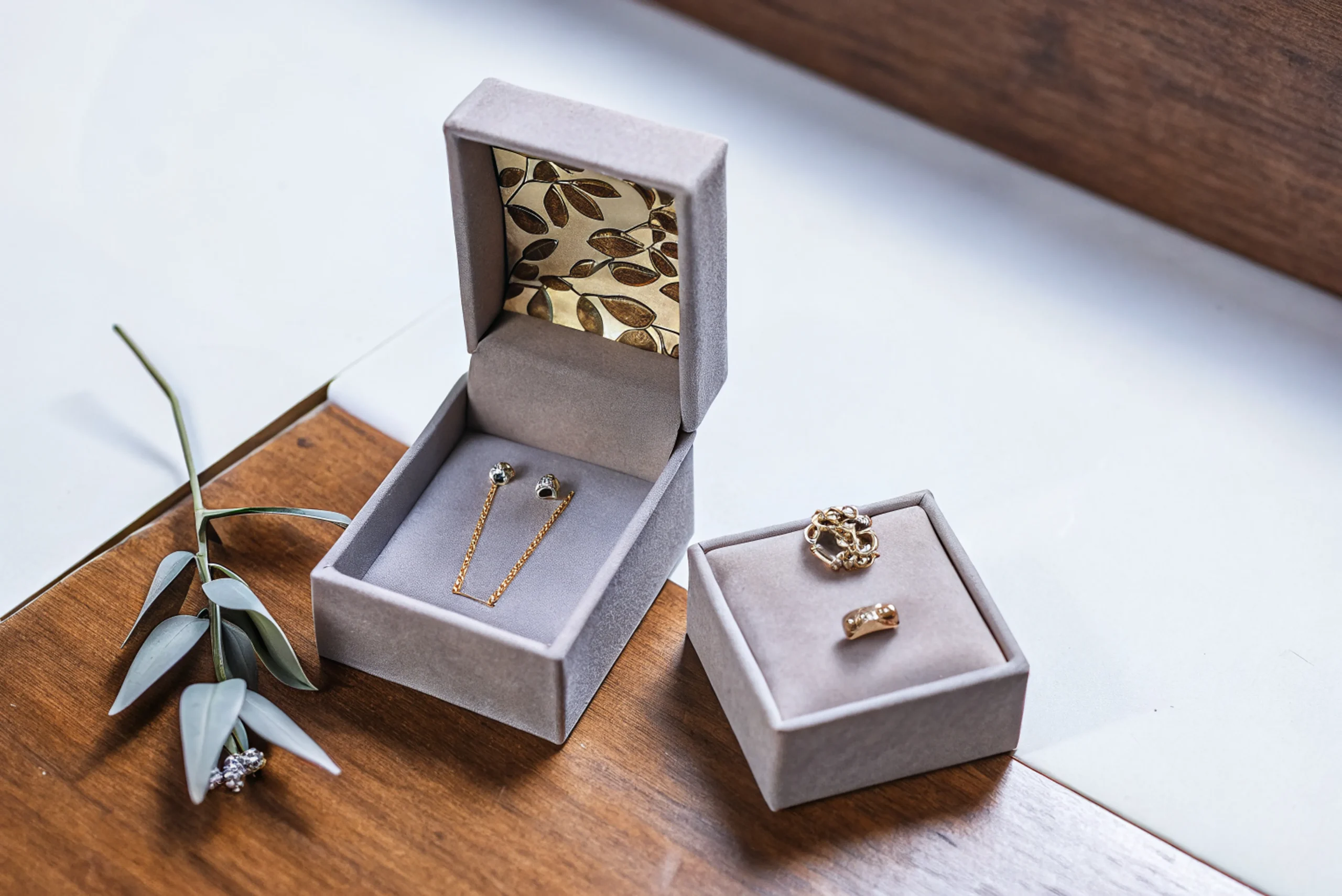
We’ve all been there, haven’t we? You reach for that perfect necklace to complete your outfit, only to find it ensnared in a Gordian knot with half a dozen of its friends. It’s a common frustration for anyone who loves wearing necklaces. After years of battling tangled chains and searching for effective solutions, I’ve learned… Continue reading How to Choose the Best Custom Jewelry Trays
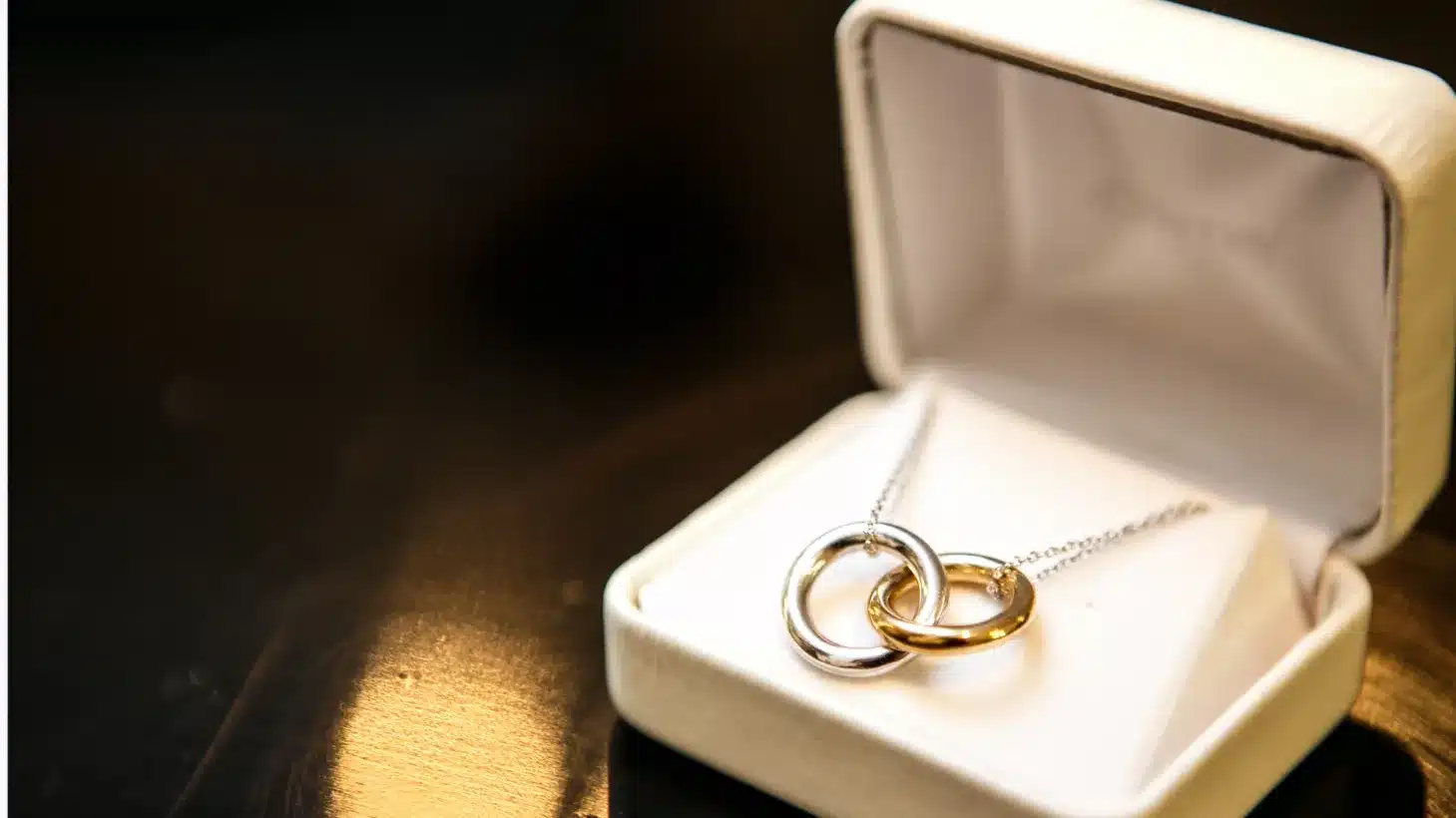
Jewelry packaging ideas is the first touch point between your brand and customers. For exmaple, great branding jewelry packaging ideas like bracelet packaging ideas make unboxing memorable in wedding. This boosts perceived value and builds loyalty. Whether you’re a boutique designer or a retailer, the right packaging elevates your brand. It also keeps costs manageable. Jewelry packaging… Continue reading How to Choose the Best Custom Jewelry Trays
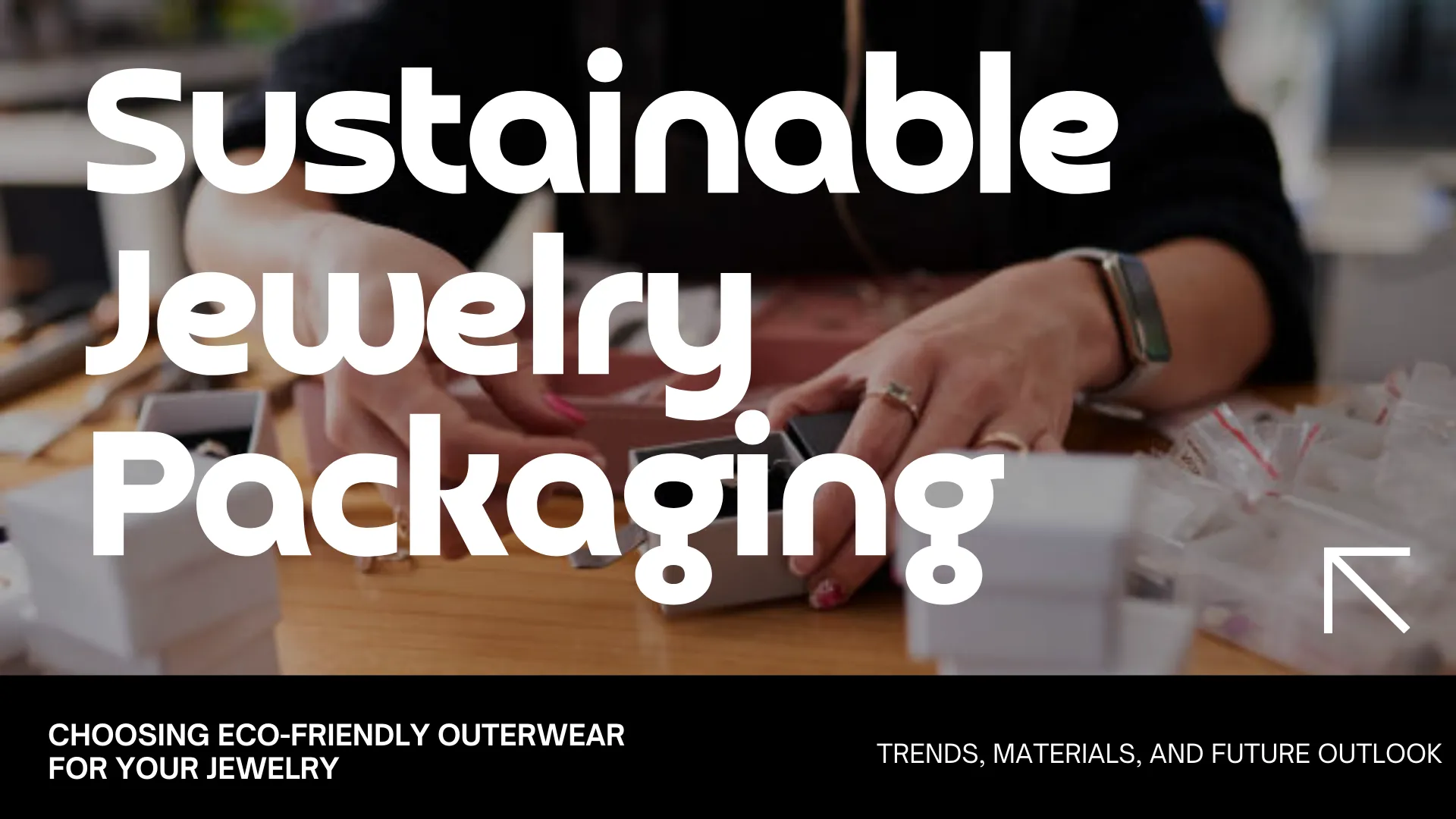
In recent years, the concept of sustainability has gradually infiltrated every aspect of our lives, and jewelry packaging is no exception. More and more consumers are becoming aware of environmental issues and are seeking products that offer beauty and promote sustainability. At Richpack, we understand this growing demand and are committed to providing eco-friendly packaging solutions.… Continue reading How to Choose the Best Custom Jewelry Trays
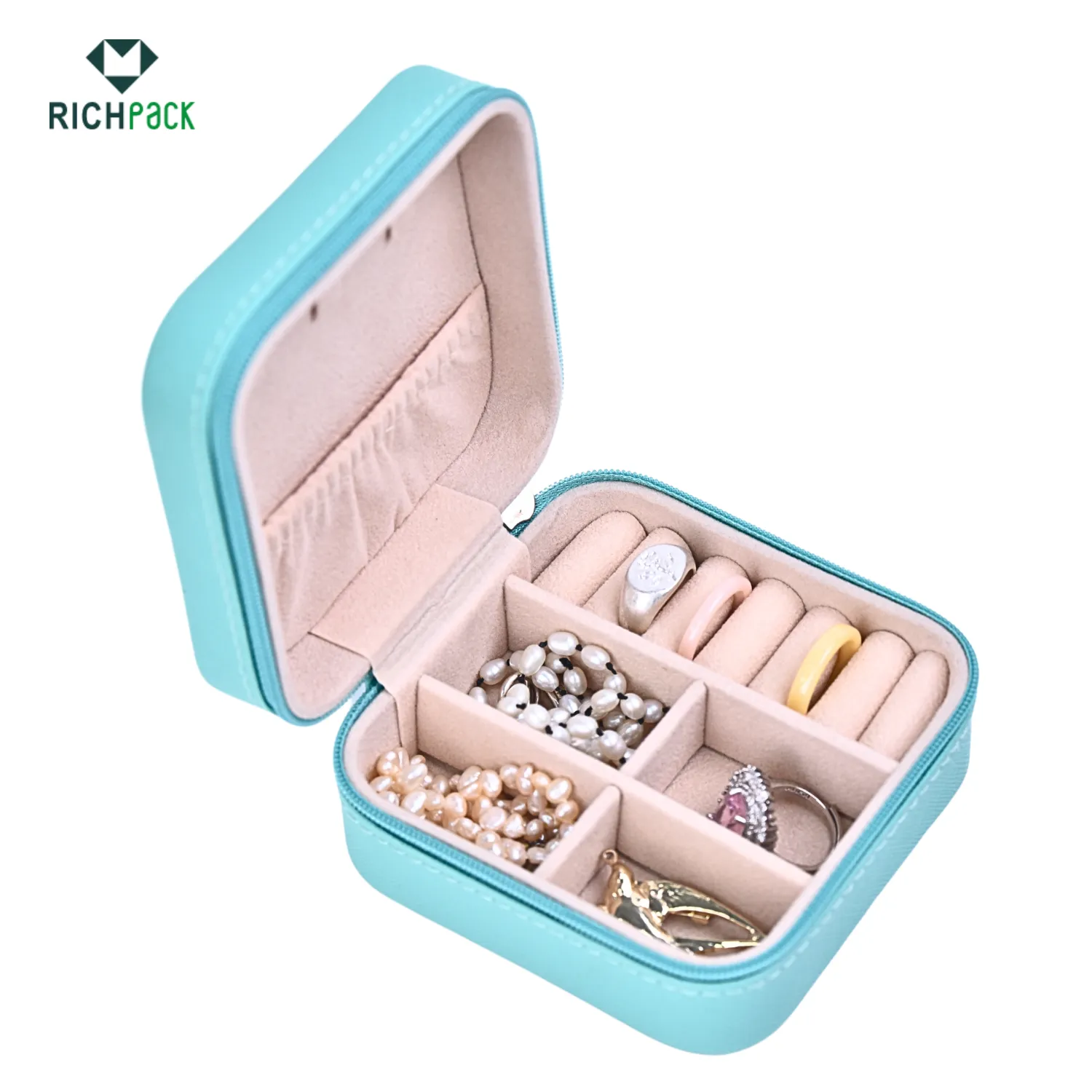
Durable Foldable Jewelry Organizers for Travel | Portable Storage Solutions for Jewelry Businesses Seeking Easy Packing and Secure Protection
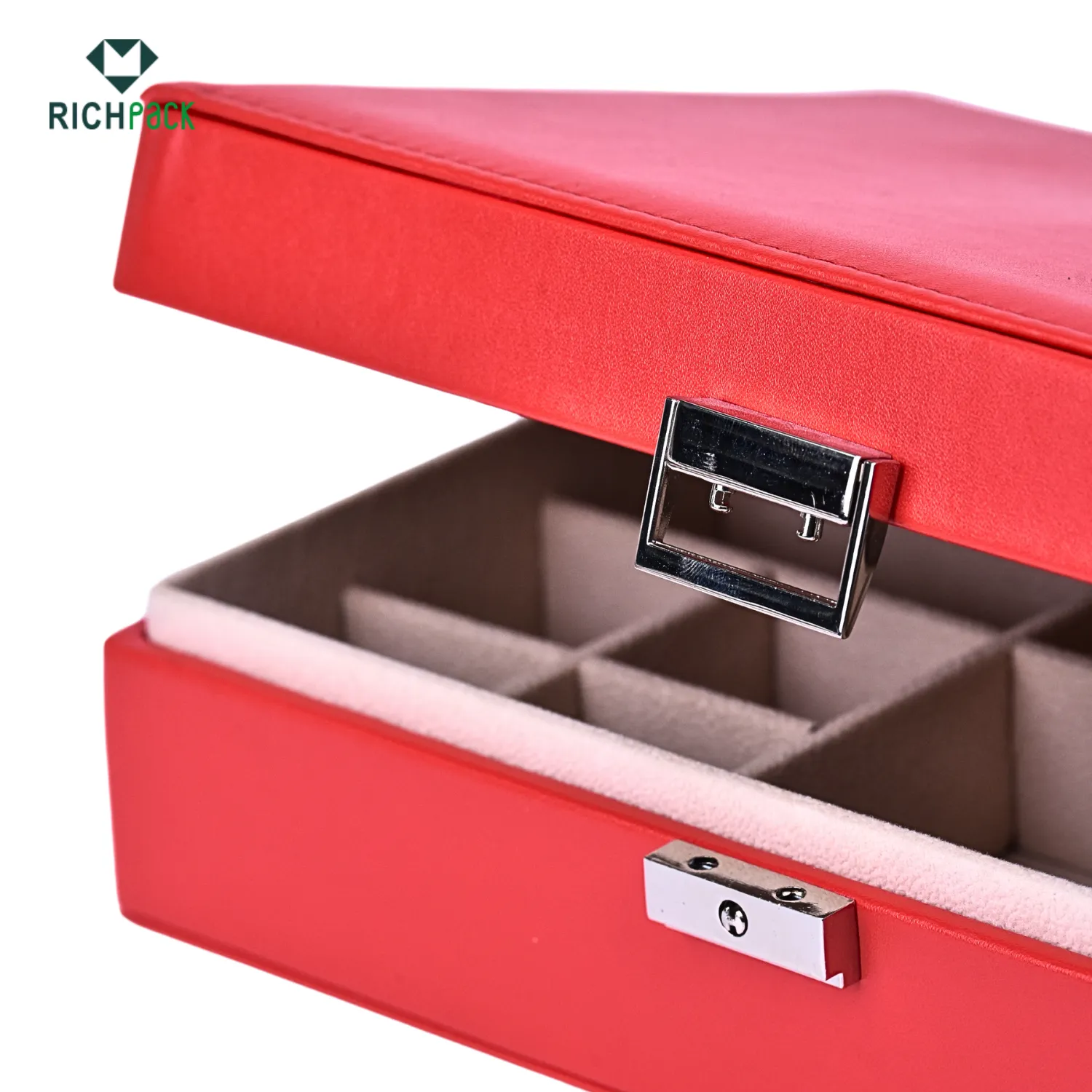
Elegant Jewelry Box Display Solutions for Retail – Customizable Jewelry Display Boxes and Jewelry Storage Display from Richpack for Showcasing Your Collection
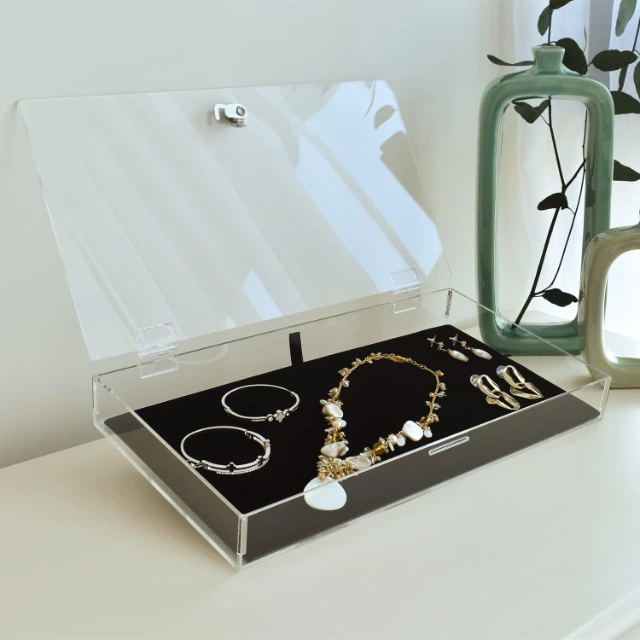
Portable Display Cases for Jewelry | Mobile-Ready Displays to Showcase Jewelry
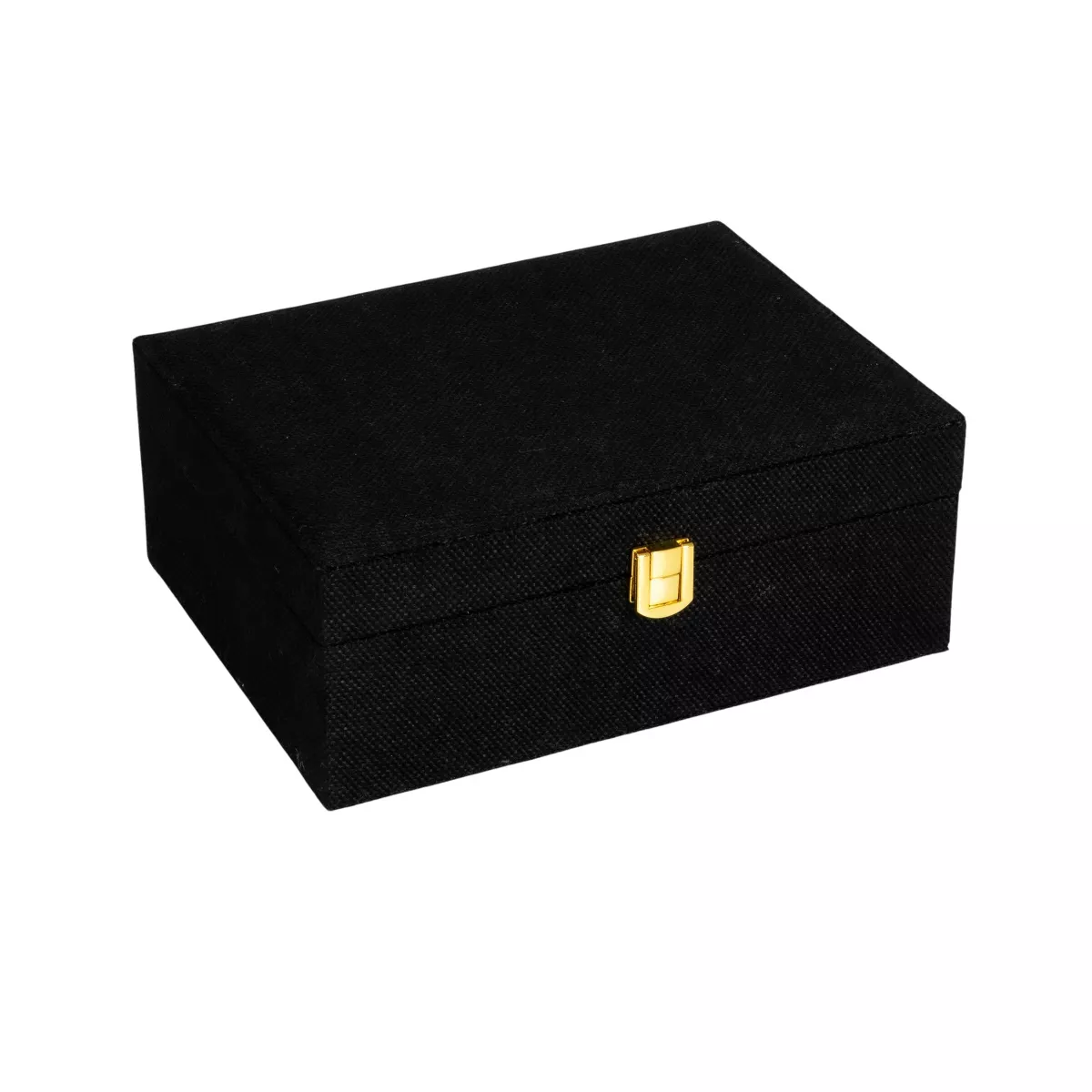
Affordable Bespoke Jewelry Organizers with Low Minimum Order Quantities | Designed for Small-Scale Jewelry Retailers Needing Custom Packaging
View More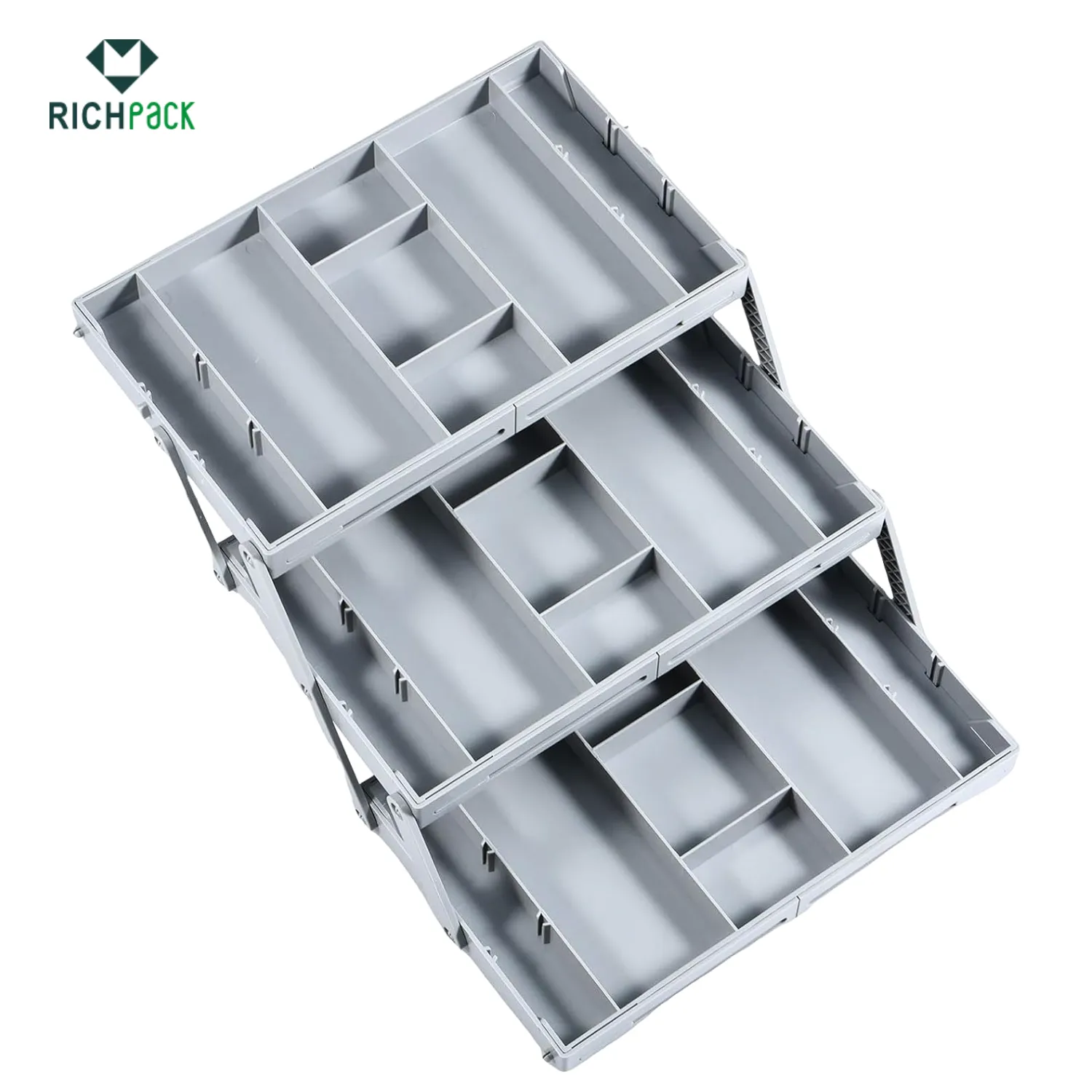
Bespoke Multi-Tier Adjustable Trays for Large Collections | Premium Storage Solutions for Jewelry Retailers and Bulk Wholesale Suppliers
View More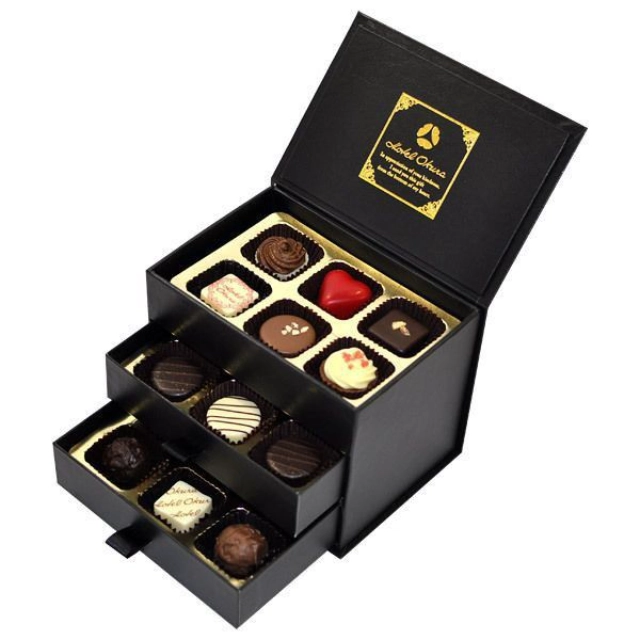
Cardboard Chocolate Box: Three-Tiered Tempting Treats for All Occasions
View MoreJust submit your email to get exclusive offers (reply within 12 hours)